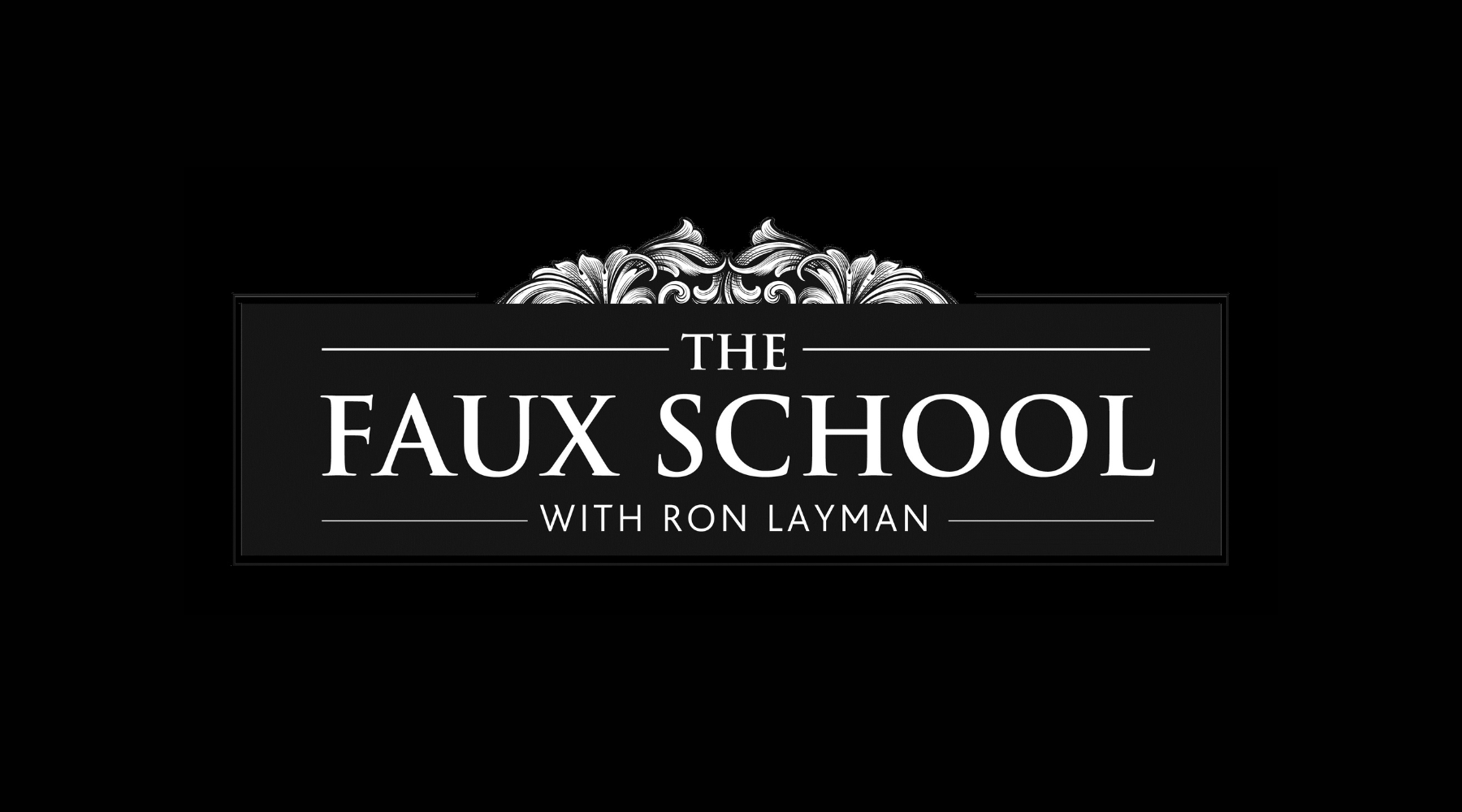Mannerism: A Stylistic Evolution in European Art
Mannerism, an artistic style that emerged during the later years of the Italian High Renaissance, left an indelible mark on the art world from the early 16th century to the onset of the Baroque period. Influenced by renowned artists such as Leonardo da Vinci, Raphael, Vasari, and early Michelangelo, Mannerism presented a departure from the harmonious ideals of its predecessors. This style embraced asymmetry, exaggerated proportions, and compositional tension, ushering in a new era of artistic expression and intellectual sophistication.
Characteristics of Mannerism: While High Renaissance art celebrated proportion, balance, and ideal beauty, Mannerism chose to push boundaries and challenge conventions. Its compositions often featured unnatural elegance and asymmetrical arrangements, deviating from the harmonious balance of earlier Renaissance paintings. Mannerist artworks embraced artificiality, favoring tension and instability over clarity and balance. This departure from naturalism allowed artists to explore innovative forms of expression and create thought-provoking pieces.
The Debate of Definition: Defining Mannerism and its various phases remains a subject of ongoing debate among art historians. Some scholars have extended the term to encompass certain forms of literature and music from the 16th and 17th centuries, characterized by their ornate style and intellectual complexity. Additionally, the label "Mannerism" has been applied to late Gothic painters in northern Europe, particularly the Antwerp Mannerists, who worked from 1500 to 1530. It's important to note that these artists were distinct from the Italian Mannerist movement. In a broader context, Mannerism has even found parallels in the Silver Age of Latin literature.
The Legacy of Mannerism: Despite its deviation from the ideals of the High Renaissance, Mannerism left an enduring impact on the art world. Its exploration of asymmetry, heightened emotions, and elaborate compositions opened new possibilities for artistic expression. Mannerist elements can be found in later artistic movements, notably the Baroque period. The intellectual sophistication and ornate style of Mannerism influenced literature and music as well, fostering an environment of creative experimentation and refined aesthetics.
Mannerism stands as a distinctive artistic style that emerged during the later years of the Italian High Renaissance. Its departure from balance and proportion in favor of exaggerated forms and compositional tension challenged traditional norms and paved the way for artistic innovation. While the definition of Mannerism remains a topic of scholarly discussion, its impact on European art, literature, and music cannot be denied. The legacy of Mannerism is one of artistic evolution, intellectual sophistication, and a testament to the endless possibilities of human creativity.
